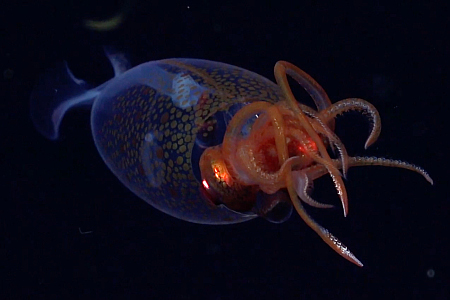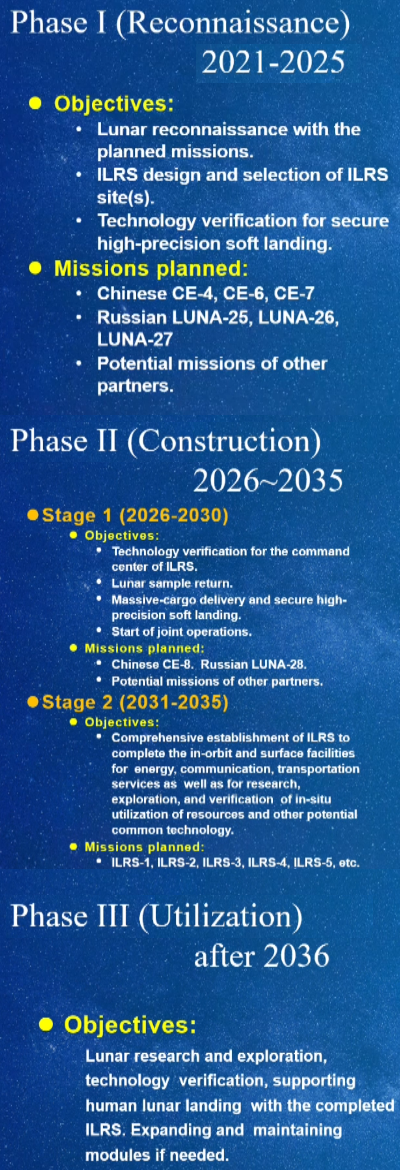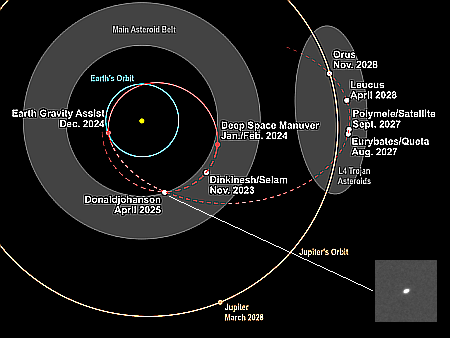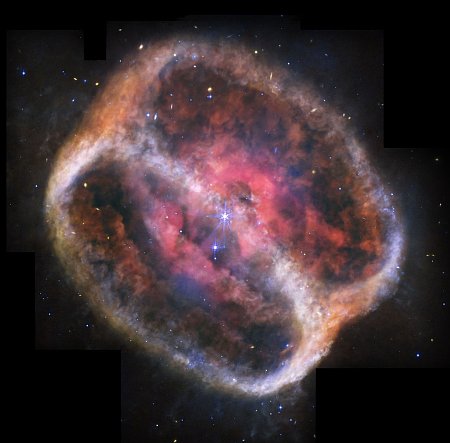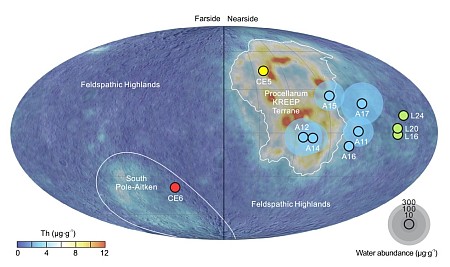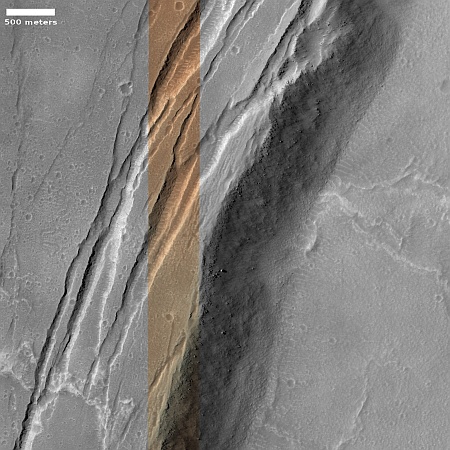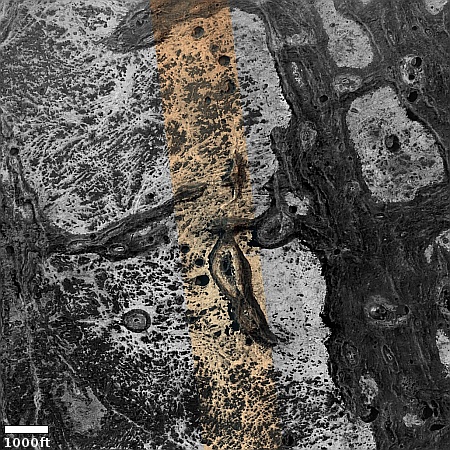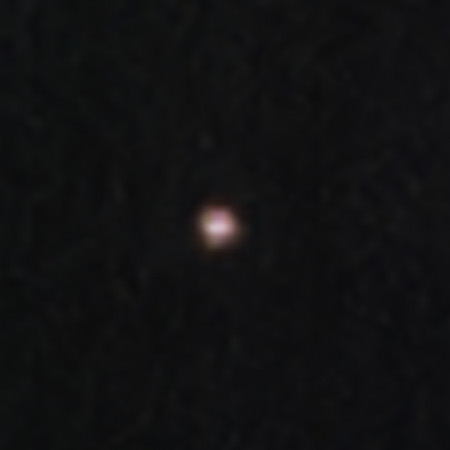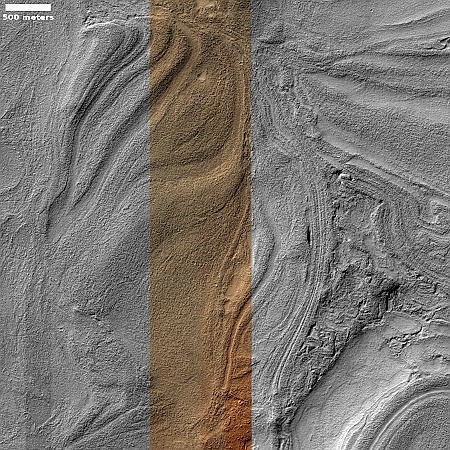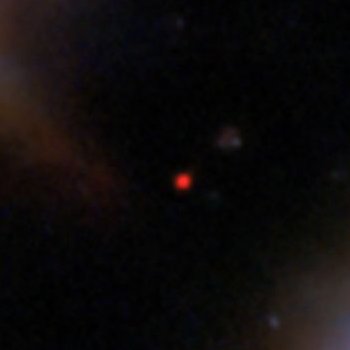Curiosity drill cores suggest there are more carbon-based minerals on Mars than previously believed
The uncertainty of science: Scientists studying four different core samples drilled by the Mars rover Curiosity have detected abundant amounts of the iron carbonate mineral siderite, suggesting that there is more carbon within Mars’ crust than previously believed.
If that quantity of carbon is confirmed, there might also have been a carbon cycle between Mars’s atmosphere and the liquid water theorized to have once been on the surface. This cycle could also have made the atmosphere both thicker and warmer, conditions necessary for that liquid water to exist on the surface. From the research paper:
[D]ecomposition of siderite occurred in multiple locations and released CO2 into the atmosphere, recycling CO2 that was originally sequestered during siderite formation. Diagenetic carbonate destruction observed elsewhere on Mars, in martian meteorites, and in sandstones on Earth yields nearly identical reaction products to those we found in Gale crater and are observed globally in orbital data. We therefore conclude that in situ, orbital, and terrestrial analog evidence all indicate that postdepositional alteration of siderite closed the loop in Mars’ carbon cycle, by returning CO2 to the atmosphere.
The uncertainties here are gigantic. For these conclusions to be right, the scientists extrapolate without evidence the same amount of CO2 found in these four cores as existing across the entire surface of Mars. That is a very big extrapolation that no one should take very seriously.
Furthermore, this research assumes the geological features we see on Mars were formed from liquid water. More recent orbital data suggests glacial and ice processes might have played a part instead, with one study concluding that Gale Crater was never warm enough for long-standing liquid water, and that ice and glacial processes must have played the larger part in forming what we find there.
The data from these core samples however is intriguing for sure, though it mostly raises more questions about Mars’ past geological history than it answers.
The uncertainty of science: Scientists studying four different core samples drilled by the Mars rover Curiosity have detected abundant amounts of the iron carbonate mineral siderite, suggesting that there is more carbon within Mars’ crust than previously believed.
If that quantity of carbon is confirmed, there might also have been a carbon cycle between Mars’s atmosphere and the liquid water theorized to have once been on the surface. This cycle could also have made the atmosphere both thicker and warmer, conditions necessary for that liquid water to exist on the surface. From the research paper:
[D]ecomposition of siderite occurred in multiple locations and released CO2 into the atmosphere, recycling CO2 that was originally sequestered during siderite formation. Diagenetic carbonate destruction observed elsewhere on Mars, in martian meteorites, and in sandstones on Earth yields nearly identical reaction products to those we found in Gale crater and are observed globally in orbital data. We therefore conclude that in situ, orbital, and terrestrial analog evidence all indicate that postdepositional alteration of siderite closed the loop in Mars’ carbon cycle, by returning CO2 to the atmosphere.
The uncertainties here are gigantic. For these conclusions to be right, the scientists extrapolate without evidence the same amount of CO2 found in these four cores as existing across the entire surface of Mars. That is a very big extrapolation that no one should take very seriously.
Furthermore, this research assumes the geological features we see on Mars were formed from liquid water. More recent orbital data suggests glacial and ice processes might have played a part instead, with one study concluding that Gale Crater was never warm enough for long-standing liquid water, and that ice and glacial processes must have played the larger part in forming what we find there.
The data from these core samples however is intriguing for sure, though it mostly raises more questions about Mars’ past geological history than it answers.



